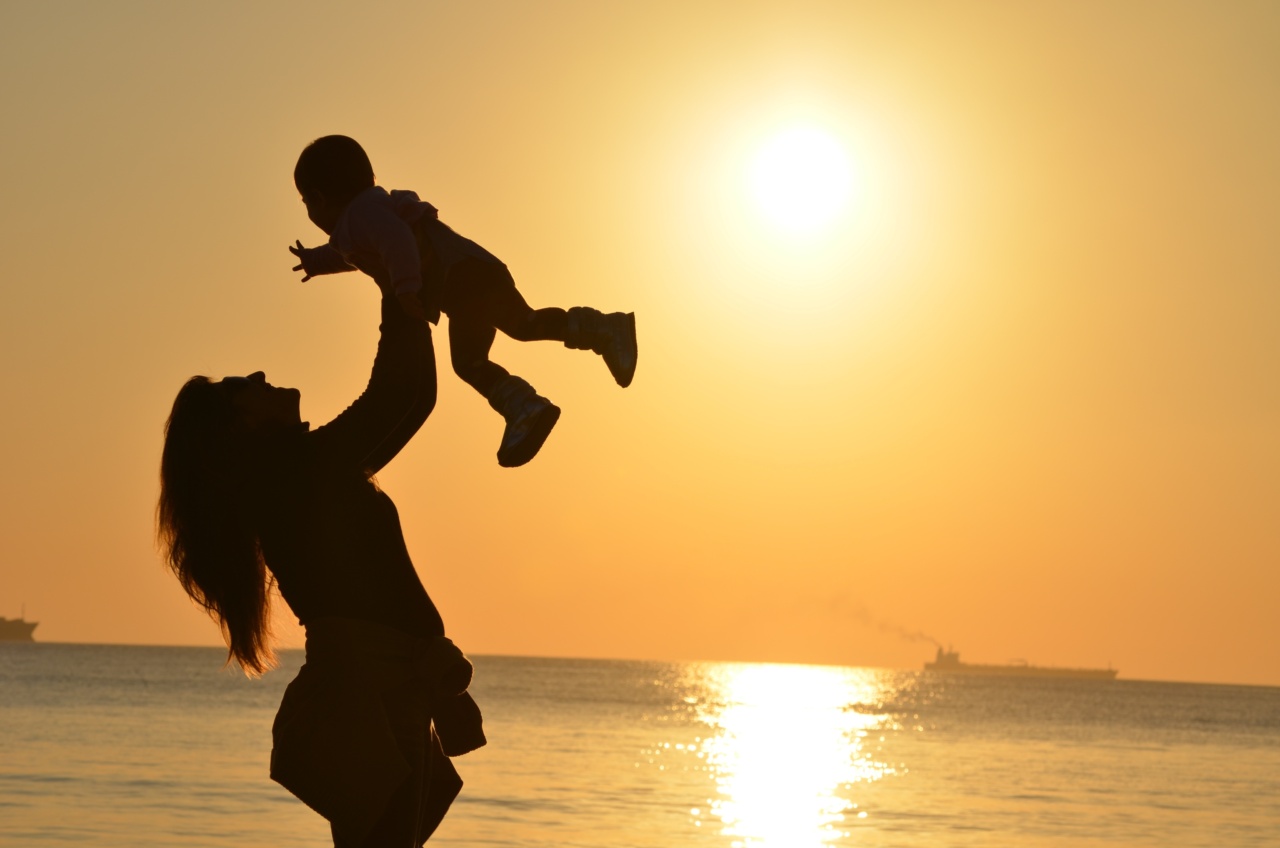As the scorching rays of the sun seared through the atmosphere, the young child reveled in the joys of a carefree summer day. The warm embrace of the sun felt comforting against their skin, providing a sense of vitality and freedom.
Little did they know that this seemingly innocent encounter would leave lasting effects on their delicate young body.
The Importance of Sun Protection
With the summer season in full swing, it becomes vital to understand the dangers that lurk within the sun’s powerful rays.
Skin, especially that of a child, is remarkably sensitive and prone to damage from prolonged exposure to ultraviolet (UV) radiation.
Sunburns, at first glance, might appear as mere temporary discomfort, but they can have long-lasting consequences.
The child who was charred by the sun is now faced with not only immediate pain but also potential skin peeling, blistering, and damage to the DNA of their skin cells. Over time, this accumulation of DNA damage can lead to skin cancer.
Understanding the Different Types of UV Radiation
To fully comprehend the impacts of sun exposure, it is essential to understand the two main types of UV radiation: UVA and UVB.
UVA Radiation
UVA rays have a longer wavelength that can penetrate deep into the layers of the skin. They contribute significantly to premature aging, such as wrinkles, fine lines, and age spots, but they also play a role in skin cancer development.
UVB Radiation
UVB rays, with a shorter wavelength, primarily affect the superficial layers of the skin. They are responsible for sunburns and the immediate DNA damage that can eventually lead to skin cancer.
Protecting Children from the Sun’s Harmful Effects
Given the vulnerability of children’s skin, it is crucial to take the necessary precautions to shield them from the sun’s harm. Here are some simple yet effective strategies:.
1. Seek Shade
One of the easiest ways to protect children from the sun is to seek shade whenever possible.
Whether it be under the shade of a tree, umbrella, or canopy, reducing direct exposure to the sun’s rays can significantly minimize the risk of sun damage.
2. Wear Protective Clothing
When venturing out into the sun, children should wear loose, long-sleeved shirts and long pants made from lightweight, tightly woven fabrics.
Additionally, wide-brimmed hats and sunglasses with UV protection can shield the face, neck, and eyes from excessive sunlight.
3. Apply Sunscreen
Sunscreen is a crucial element in any sun protection routine. Opt for a broad-spectrum sunscreen with a sun protection factor (SPF) of 30 or higher.
Apply it generously to all exposed areas of the body at least 15 minutes before sun exposure and reapply every two hours or more frequently if swimming or sweating profusely.
4. Limit Time in the Sun
Planning outdoor activities early in the morning or late in the afternoon, when the sun’s rays are less intense, can help minimize the risk of sunburn.
Additionally, taking regular breaks in shaded areas or indoors can provide necessary relief from prolonged exposure.
5. Stay Hydrated
Remember to keep children hydrated, particularly in hot weather. Encourage them to drink plenty of fluids, preferably water, to prevent dehydration and help maintain healthy skin.
Repairing Damaged Skin: After the Sunburn
But what can be done once the child’s skin has already been charred by the sun? Here are some steps to aid the healing process:.
1. Cool Compress
Applying a cool compress, such as a damp cloth or towel, can help alleviate the heat and reduce inflammation associated with sunburns. It also provides relief to the damaged skin.
2. Moisturize
Replenishing the skin’s moisture is crucial after a sunburn. Choose a gentle moisturizer or aloe vera gel to soothe the burnt areas and promote healing.
3. Stay Hydrated
Encourage the child to drink plenty of fluids to hydrate their body from within. This aids in overall healing and can help prevent further complications.
4. Avoid Sun Exposure
Until the sunburn has healed, it is imperative to keep the child out of the sun and shielded from direct sunlight to prevent further damage.
5. Consult a Healthcare Professional
If the sunburn is severe, accompanied by high fever, or shows signs of infection, consulting a healthcare professional is recommended. They can provide appropriate guidance and treatment to ensure a speedy recovery.
The Lasting Impact: Protecting Future Generations
The child’s encounter with the sun serves as a valuable lesson for parents and caregivers.
By taking the necessary precautions and teaching children about sun safety from an early age, we can help protect future generations from the harmful effects of sun exposure.
Instilling sun protection habits, such as seeking shade, wearing appropriate clothing, and regularly applying sunscreen, can go a long way in preventing the charred consequences the child experienced from becoming a reality for others.
In Summary
The sun, while a source of life and energy, can also be detrimental to the delicate skin of a child.
Understanding the harmful effects of UV radiation, practicing sun safety, and taking prompt action to repair damaged skin are essential steps in ensuring the well-being of our children.
Let us embrace the warmth of the sun while safeguarding our little ones, allowing them to revel in the joys of summer without being charred by its rays.





























